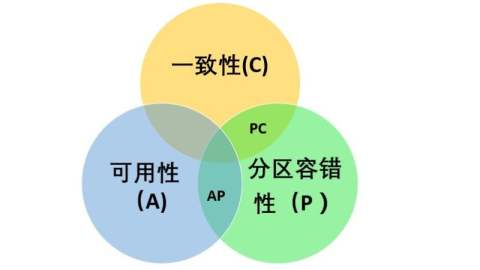转载声明:文章来源:https://blog.csdn.net/meism5/article/details/90238268
先解释两个概念:
· 等待池:假设一个线程A调用了某个对象的wait()方法,线程A就会释放该对象的锁后,进入到了该对象的等待池,等待池中的线程不会去竞争该对象的锁。
· 锁池:只有获取了对象的锁,线程才能执行对象的 synchronized 代码,对象的锁每次只有一个线程可以获得,其他线程只能在锁池中等待
区别:
notify() 方法随机唤醒对象的等待池中的一个线程,进入锁池;notifyAll() 唤醒对象的等待池中的所有线程,进入锁池。
测试代码
public class TestNotifyNotifyAll {
private static Object obj = new Object();
public static void main(String[] args) {
//测试 RunnableImplA wait()
Thread t1 = new Thread(new RunnableImplA(obj));
Thread t2 = new Thread(new RunnableImplA(obj));
t1.start();
t2.start();
//RunnableImplB notify()
Thread t3 = new Thread(new RunnableImplB(obj));
t3.start();
// //RunnableImplC notifyAll()
// Thread t4 = new Thread(new RunnableImplC(obj));
// t4.start();
}
}
class RunnableImplA implements Runnable {
private Object obj;
public RunnableImplA(Object obj) {
this.obj = obj;
}
public void run() {
System.out.println("run on RunnableImplA");
synchronized (obj) {
System.out.println("obj to wait on RunnableImplA");
try {
obj.wait();
} catch (InterruptedException e) {
e.printStackTrace();
}
System.out.println("obj continue to run on RunnableImplA");
}
}
}
class RunnableImplB implements Runnable {
private Object obj;
public RunnableImplB(Object obj) {
this.obj = obj;
}
public void run() {
System.out.println("run on RunnableImplB");
System.out.println("睡眠3秒...");
try {
Thread.sleep(3000);
} catch (InterruptedException e) {
e.printStackTrace();
}
synchronized (obj) {
System.out.println("notify obj on RunnableImplB");
obj.notify();
}
}
}
class RunnableImplC implements Runnable {
private Object obj;
public RunnableImplC(Object obj) {
this.obj = obj;
}
public void run() {
System.out.println("run on RunnableImplC");
System.out.println("睡眠3秒...");
try {
Thread.sleep(3000);
} catch (InterruptedException e) {
e.printStackTrace();
}
synchronized (obj) {
System.out.println("notifyAll obj on RunnableImplC");
obj.notifyAll();
}
}
}结果:仅调用一次 obj.notify(),线程 t1 或 t2 中的一个始终在等待被唤醒,程序不终止
run on RunnableImplA
obj to wait on RunnableImplA
run on RunnableImplA
obj to wait on RunnableImplA
run on RunnableImplB
睡眠3秒...
notify obj on RunnableImplB
obj continue to run on RunnableImplA把 t3 注掉,启动 t4 线程。调用 obj.notifyAll() 方法
public class TestNotifyNotifyAll {
private static Object obj = new Object();
public static void main(String[] args) {
//测试 RunnableImplA wait()
Thread t1 = new Thread(new RunnableImplA(obj));
Thread t2 = new Thread(new RunnableImplA(obj));
t1.start();
t2.start();
// //RunnableImplB notify()
// Thread t3 = new Thread(new RunnableImplB(obj));
// t3.start();
//RunnableImplC notifyAll()
Thread t4 = new Thread(new RunnableImplC(obj));
t4.start();
}
}结果:t1、t2线程均可以执行完毕
run on RunnableImplA
obj to wait on RunnableImplA
run on RunnableImplA
obj to wait on RunnableImplA
run on RunnableImplC
睡眠3秒...
notifyAll obj on RunnableImplC
obj continue to run on RunnableImplA
obj continue to run on RunnableImplA





帖子还没人回复快来抢沙发